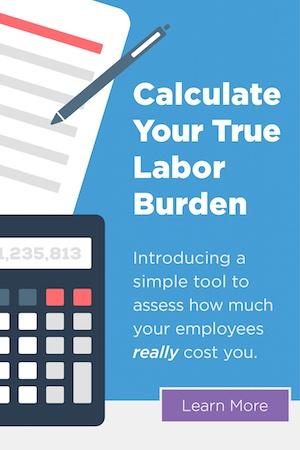When most people head off to work in the morning, the last thing they’re probably thinking about is whether the job they’re walking into is going to cause them injury or even death.
However, the United States Department of Labor reports the following in its Job Safety and Health fact sheet: “Each year, approximately 6,000 employees in this country die from workplace injuries while another 50,000 die from illnesses caused by exposure to workplace hazards. In addition, 6 million workers suffer non-fatal workplace injuries at an annual cost to U.S. businesses of more than $125 billion.”
Fortunately, there is a government agency dedicated to reducing these numbers and making the workplace safer for everyone: the Occupational Safety & Health Administration (OSHA).
How OSHA Began
In 1970, Congress and the Nixon administration created OSHA, and Congress passed the Occupational Safety & Health Act (OSHA). The philosophy was simple. In “All About OSHA,” Dr. David Michaels, Assistant Secretary of Labor for OSHA, explains OSHA was created so that “no worker should have to choose between their life and their job.”
At the time of OSHA’s inception, 38 worker fatalities happened daily, on average. By 2013, this number had dropped to 12 deaths per day (the most recent data available). Worker injuries and illnesses are down as well, from 10.9 incidents per 100 workers in 1972 to 3.3 per 100 in 2013. (And keep in mind that US employment has almost doubled in this timeframe.)
In short: OSHA works. It saves lives and reduces injuries/illnesses, and this, in turn, helps businesses large and small. The safer your workplace, the better off your company and your employees. Workplace accidents can result in hefty medical costs and legal fees, not to mention decreased productivity due to worker absences.
Does OSHA Apply to All Businesses?
According to the United States Department of Labor, “OSHA covers all employees except workers who are self-employed and public employees in state and local governments.” Certain states, however, operate under OSHA-approved state plans while other states follow federal guidelines.
In addition, the U.S. Department of Labor notes: “A number of specific industries in the retail, service, finance, insurance, and real estate sectors that are classified as low-hazard are exempt from most requirements of the regulation, as are small businesses with 10 or fewer employees.”
All that said, it still makes sense for all businesses—regardless of size or type—to follow OSHA standards for the reasons mentioned above: these standards and guidelines go a long way in saving lives and keeping your workforce safe, and, as a result, more productive.
OSHA Training: Why It Matters for Businesses of All Sizes
As the saying goes, an ounce of prevention is worth a pound of cure. Investing time and money into creating a safer work environment will pay off in the long term.
In its “Q&As for Small Business Employers,” the U.S. Department of Labor reports, “An effective safety and health program can save $4 to $6 for every $1 invested. It’s the right thing to do, and doing it right pays off in lower costs, increased productivity, and higher employee morale.”
The good news is you don’t have to do it alone. OSHA regulations can seem daunting, especially for smaller businesses where one person, such as an office manager, wears many hats. Creating a safety plan for your business and making sure you company is OSHA compliant involves ongoing work.
The following are excellent sites and articles to refer to when you need assistance:
 The OSHA Training section on the U.S. Department of Labor website. You’ll find plenty of helpful articles, tools and downloadable items.
The OSHA Training section on the U.S. Department of Labor website. You’ll find plenty of helpful articles, tools and downloadable items. The National Safety Council. This non-profit, non-government public service organization also has many helpful resources designed specifically for business owners, including workplace training.
The National Safety Council. This non-profit, non-government public service organization also has many helpful resources designed specifically for business owners, including workplace training. The Better Business Bureau’s article “Understanding the Role of OSHA in the Workplace.” This provides an excellent overview of what to expect during an OSHA inspection and how to communicate effectively with inspectors.
The Better Business Bureau’s article “Understanding the Role of OSHA in the Workplace.” This provides an excellent overview of what to expect during an OSHA inspection and how to communicate effectively with inspectors. Unique HR’s workplace safety online and onsite training courses. We work with a wide variety of businesses in various industries and help develop comprehensive safety programs and train workers.
Unique HR’s workplace safety online and onsite training courses. We work with a wide variety of businesses in various industries and help develop comprehensive safety programs and train workers.
Remember, creating a safer workplace is good for everyone—and it’s the law. Don’t hesitate to contact us if you need further help.


